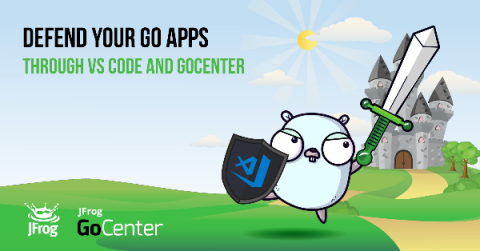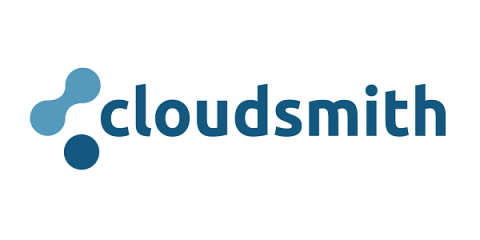Operations | Monitoring | ITSM | DevOps | Cloud
Latest News
Observability: From Push to Production
Developers are building and deploying to production with greater frequency. Elite organizations are deploying to production multiple times per day. All the while we continue to distribute our applications even wider with the adoption of micro-services, and global deployments. This consistent churn and increasing code complexity create the perfect storm that makes finding problems even harder. How do you know the changes just committed actually deployed? How do you know the changes worked?
JFrog Pipelines 1.6: Overcoming CI/CD Obstacles to Scaling DevOps
JFrog's Bold Roadmap: The Rise of Binaries
Integrating a Cloudsmith Repository and a Buildkite pipeline
At Cloudsmith, you will often hear us refer to our mantra of “Automate Everything”. It a quest that we never deviate from, and we believe that anything that can be automated, should be automated. With that in mind, we would like to show you how simple it is to integrate a Cloudsmith repository with your Buildkite pipeline, and automate the pushing of your build artifacts into your own private repository for further CI/CD steps or even as a source for your global distribution needs.
Stretch Your Reach with Unified JFrog Data and Elastic
Creating Organizations and Teams and Managing Permissions In Cloudsmith
One reason for building a ‘single source of truth’ for software assets is that it gives the organization control over who can use what when. The ‘wild West’ of public repositories gives no control at all and can lead to a situation in which packages and dependencies of dubious provenance are integrated into builds without a second thought. Within the Cloudsmith world, we want to have the maximum security and control possible.
How to Run and Apply a Codefresh Helmfile: a Step-by-Step Guide
If you’re looking to deploy your services to Kubernetes, Helm works great. However, once you start deploying to multiple environments, developing code as a team, or automating in a CI/CD pipeline, you start to run into limitations with Helm. Codefresh Pipelines using Helmfile has the power and flexibility to address these issues and many others. It’s also one of the best ways to organize your Helm code and values.
Power Up Helm Charts: Using Kustomize to Manage Kubernetes Deployments
Real-time impact tracking and notifications
Your team is practicing DevOps and you’re delivering some flavor of Continuous Delivery. You’re deploying anywhere from three times a week to twenty times a day. You are moving fast! At that speed, how do you know if you are moving things in the right direction? Hopefully, your team has defined some key SLIs that define your application’s health.










